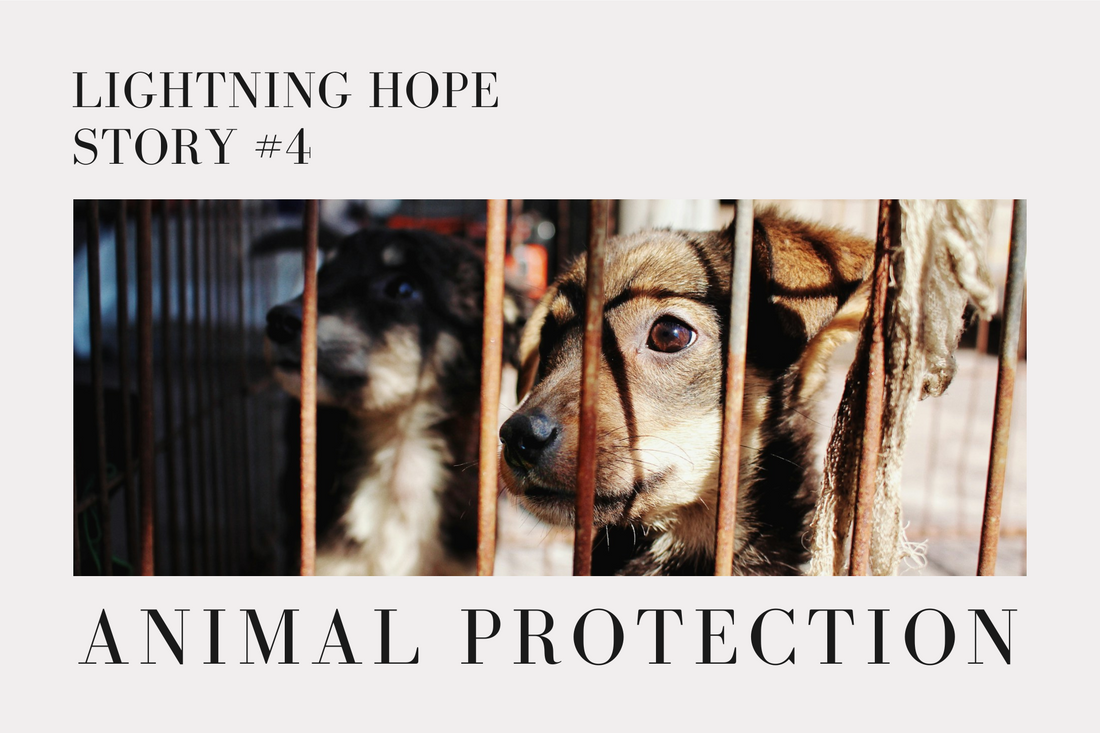
A life-saving choice: The current state of dog and cat protection and welfare in Japan
Share
There are countless dogs and cats around us, and it is very important to understand the welfare issues they face. This article explains the current situation of these animals and how it has changed over time, helping you to understand them better. The aim is to deepen your understanding of animal protection and lead to better care for animals.
Current situation and trends
The current situation that animals, especially dogs and cats, face is harsh and invisible to us. For example, in Japan, many dogs and cats are taken in every year, and many of them are unable to find a home again. Many of these animals are rescued as strays or lost animals, but if they cannot find an owner, they may unfortunately be forced to choose euthanasia.
Reasons for entering detention facilities

There are two main reasons why dogs and cats enter shelters and zoos. The first is when they are lost or abandoned by their owners. The second is when shelters take in these animals when their owners can no longer keep them for one reason or another. Understanding these reasons allows us to address animal welfare issues more specifically.
From shelters to owners
The fate of imprisoned dogs and cats is ideally to be rehomed or adopted by a new family, but not all animals are able to find a home. Adoption programs and awareness campaigns are important to reduce the number of animals imprisoned and increase the number of animals that can be found in new homes.
Changes in the number of animals rescued and taken in
Over time, the number of animals rescued and adopted changes. Looking at regional data, some areas are seeing a decline in the number of dogs and cats rescued, while others are seeing an increase. Analyzing these trends can help plan animal welfare efforts for the area.
Measures after protection and collection

After a dog or cat is rescued, they are first given a health check and any necessary care. This includes vaccinations and spay/neutering to ensure they are healthy and ready for their new home. However, not all animals find homes and the number of animals euthanized compared to the number of animals taken in is heartbreaking. To reduce euthanasia, it is important to support the work of shelters and ensure that as many animals as possible find homes.
Initiatives to resolve issues
The main approach to solving the problem of stray dogs and cats is the local spay/neuter program. This is to prevent the number of stray dogs and cats from increasing any further. In fact, it has been reported that the number of stray cats has decreased in areas where spay/neuter programs have been implemented. It is also important to change the attitude of those who feed animals, as feeding animals responsibly can prevent unplanned breeding.
